Whangarei
In the winterless North:
Northland
- Northland is what they call the winterless North because of its mild climate year-around: the subtropical peninsula (we did got told that they have a colder season lasting a bit over a months when it goes down to 12 C or to 1 C at night)
- The Maori call it Te Tai Tokerau “the northern tide”
- Northland is 265 km long and at it’s widest 85 km and at it narrowest 7.5 km wide
- It is typical for rolling hills and many kauri forests and 1700 km of coast line (let’s hope we find some beaches)
- This is also the most rural region in the country – up here live a lot of Maori’s making up 33 %
- The main city is Whangarei (where we are today) and the largest town is Kerikeri
- We are when the New Zealanders “go up north”
- It is also called the birthplace of the nation: it is believed that here was the landing point of the Maori adventurer Kupe in the 10th century
Whangarei:
- Is the most northern city of New Zealand with a population of 54.400
- Captain Cook on the Endeavour was the first European to come into its harbour in 1769 and caught a lot of fish which they called Bream and then gave it the name Bream Bay
- The Scotts came and settled in 1839 and at the beginning it was peaceful with the Maori, until in 1842 all settlers got plundered as a revenge against a tabu and by 1845 during the Flagstaff war all Europeans were gone
- Around 1855 they started a small-town development during the kauri gum trade: which is todays Town’s Basin on the Hatea river
- The Maori called it Whangarei Terengo Paraoa meaning “swimming place for the whales” or “meeting place of the chiefs”
Whangarei Falls/Otuihau
- The base was once tapu (sacred) as they were known as an area of healing and used for washing the wounded
- Otuihau the Maori name refers to the whirlwinds that are common at the foot of the falls
- In the late 1920s Mr Archibald Clapman bought this land to prevent it from development as a watermill and in 1946 money was raised and bought for the public
We woke up to some clouds and Gine
said we head to town and hope for a sunny afternoon. Our first stop was at the
Whangarei Falls – one of the must sees in Whangarei. The Drive there already
was amazing with a lot of cool views – amazing houses – up over the hills:
until we had to stop for 15 Min because of a construction site…
Once there we think they do an
amazing job here, you don’t pay for parking, they have nice bathrooms, super
nice walkways & picnic tables. We head to the first viewing platform to get
our first glimpses at the top. Time for a river crossing and here the bridge
doesn’t have a rail so that during heavy rain the water can go right over –
which is kind of cool. Another cool viewpoint and then we head down – and I
have to say from the bottom you have the most amazing view on this waterfall
which drops 26m down over a basalt lava flow – super cool, especially
surrounded with the nice tropical plants. Another cool bridge with more views
also on those moss-covered rocks and more waterfall views before we head up:
even today it is not that hot, it is still humid and we get hot!!! That is our
daily workout.
Kauri Trees at AH Reed Memorial
Park
- This park is still a remnant of the original kauri forest with some of the kauri trees over 500 years old
- The Canopy walkway is 14m high and 70m long – they built it, that the tracks are not eroding the roots of a single tree or harm the Waikoromiko stream
- AH Reed said “a tree of most ancient lineage, older than history, older than tradition, immemorable older than man”
- "Nature does many things only once, only once did she make a Kauri forest”
Gine read about the Canopy walk
and the old Kauri trees and as we wanted to do a lot more, Gine said we do the
wheelchair loop (you need to know the secret: that is parking near the
handicapped parking lot (which we found after the 2nd try) and we
are right at the Canopy walk. This is truly spectacular as you walk on the
boardwalk and look down on those super amazing ferns and palm trees – that is
so cool, there is also so much to see, wow!!! And then we come to the other
side to the huge Kauri Tree: I’m sure that tree could tell us a lot of stories
– we continue on the loop to come over another rail-less bridge with more moss
covered stones in a little creek – so super nice. What a cool little walk.
What is kauri dieback???
- It is a disease that kills the local kauri trees and it spreads by soil movement
- To prevent from spreading: stay on tracks – clean your shoes and spray them with a disinfect (which you can find everywhere) because most of the Kauri infections are within 50m of public walking tracks, it is most likely spread by humans
- Is comes from a soil born pathogen (a fungus gnat) that has no cure, which got first discovered in 1972
- The tree has tiny feeder roots close to the surface which makes them vulnerable to infected soil
- So what happens: they damage the tissue that carry nutrients : the root can rot, the collar rots at the base, it bleeds resin, the leaves turn yellow as they don’t produce enough chlorophyll, they then defoliate and die. It can kill trees of all ages
- It is not known when the pathogen arrived in New Zealand, nor the source – but they think that the Phytophtora Clade 5 is coming from East Asia/Pacific region. It is also suggested that they were always in NZ and only recently became a danger to the Kauri. As it has a 100% mortality rate and the speed which the disease spread since 2016 suggest that it was brought in: Between 2011 and 2016 in the Waitakere Region the rate doubled from 8 – 19 %
- In 2018 the Kauri became announced as a threatened species
Mount Parihaka lookout
- Mt Parihaka is a volcanic dome 259 m high and around 20 Mill years old
This lookout was the next on our
list, and its easy as you can drive up – or not. As we ended up at a road
block, they closed the road at some time after damage on the road. We still had
a nice partial view and headed back down towards downtown:
Towns Basin
This is the historic center of
Whangarei: on one side of the road is a small parking lot where you pay 2 NZD
and on the other side you can park for free at the supermarket. After parking
we start to check out this cute area with its old houses and also a super cute
riverfront. As well they have a super cool bridge: the Victoria Canopy bridge –
from here we had a great view on the Hundertwasser center and the river (and
Gine read you can actually rent the bridge).
Hundertwasser Art Center
- Friedrich Hundertwasser lived in Kawakawa not to far from here (we will be there tomorrow)
- He designed it in 1993 but it was very controversial, it got finally approved after his death in 2015 and opened in 2022, This is the last authentic Hundertwasser house
Next, we walked around the
Hundertwasser Art Center, which is super cool looking, the golden cupola, all
the colors and walkways – at one time we went up until we came to a dead end.
It looks amazingly cool. From here we walked more along some of the super old
historic buildings until we came to:
Clapham’s national clock museum
- It has the largest collection of timepieces in the southern hemisphere
- Archibald Clapman had a fascination with clocks, he got his first music box when he was 7 and it became his life, he started to collect clocks. Born in England he wanted to become a clock maker, but became an engineer. He left England when he was 21 in 1903 and settled on a farm near Whangarei
- He started to collect clocks and soon had over 400 and had open houses – yes, his house was full of clocks. He best liked unusual clocks
- In 1961 he sold it for a nominal sum to the local council so that they can make a museum
- By the way some of the earliest time pieces were sundials and in the northern hemisphere the shadow moves clockwise as the sun moves – so today our clocks move clockwise
- By the way the whole building is a sundial
Before going inside, we saw the
huge sundial with flowers, as well as a robot pedalling and brining up balls so
they can come down over different rollers (the Rolling Ball clock) –
that was amazing to watch!!!
- The Rolling ball clock – it is a mingling of cultures, above it you can see some art one shows two people touching foreheads – different cultures, the creation of mankind, our connection
- Nga wa Katoa: all about time: The time is indicated by balls which roll on timing racks with markings for hours, minutes and seconds – it is a clock and a kinetic sculpture
Inside we saw a lot of clocks!!!
Super cool, some of them are super weird, super amazing, super rare, and you
always hear the ticking of the clocks. It is hard to say which are the most
amazing ones. The grandfather clocks, tower clocks, pocket watches, fancy
watches, pendulum watches or how about a clock from 1960 England which had a
lamp, alarm and hot water jug: it heated water and made tea and then sets of
the alarm, or a skeleton clock (that is when you can see the mechanics) or special
ones like the Queen Elizabeth II coronation clock, a Braille Clock - or how they measured time with a candle? I think the most amazing part is that there were so many super weird clocks and watches.
- The two most powerful warriors are patience and time
- Man measures time and time measures man
- All we have to decide is what to do with the time that is given to us
- The way we spend our time defines who we are
- Time is what we want most, but what we use worst
The Wake and wave Scultpure
- A symbol of partnership for Aotearoa: waka (canoe) and an immense stone wave form rise from the Hatea river onto the shore
- The wave symbolises the way the culture has been engulfed in waves of colonization – even so the waka stays intact you can see how it emerges out of the wave- that is how our culture has survived these waves of changes
- Change is inevitable and culture is enduring as long as we draw on our inner strength and adaptability so that no matter what comes our way in the future we will survive.
One last stop today: Paul found
this sculpture in one of the brochures and it looked great, and so we went
there to look at those amazing huge rocks sculptures which are along the river
in a little park. We walked over the cute Kotuitui Bridge, because from we have
a view on the
Te Matau a Pohe bridge
(we drove over it and we are
driving over it again today) – but you can only really admire it when you see
it from the side.
- Te Matau a Pohe means “the fish hook of Pohe” and reflects the early history of the people – it is designed in the shape of the Maori fish hook and the prows of waka (canoe)
- Pohe was the Maori chief who welcomed the first settlers to Whangarei and was skilled in making fish hooks, so the settlers used his instead of the standard English hooks
- Pohe also built a bridge between the two cultures during the first years of English settlement amongst Maori
Scenic ride along the bay back
As we stay along Whangarei Heads
Road we have a nice scenic drive along the ocean back, what I find truly
amazing is the light and the colors of the ocean and the green – super amazing.
When it rains it pours with
sunny breaks and sunny ending
We arrived, unpacked and as Gine
gets the last bag out of the car the first rain drops came down and soon later
it literally pours down like crazy – time for a coffee and we already thought
we are settling in for a rainy afternoon. But that is not the case – as soon
you can see some blue sky and the sun comes out: Awesome, we walk down to the
ocean and sit nice and relaxed on the bench to enjoy the view – as we are
thinking walking a bit more along the sky gets dark and grey, time to head back
and just in time we are inside to look out to the pouring down rain. What we
thought is funny when we saw a Dad standing with the umbrella in the water and
the kids were swimming around him.
And another sunny break comes:
this time we put on swimming clothes and go down for a swim in the ocean – I
mean we can’t be here without going into the ocean!!!
And like in the last days: our day
ends nice and sunny…. What a weird weather!!!

 Whangārei, Northland, New Zealand
Whangārei, Northland, New Zealand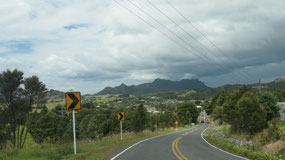
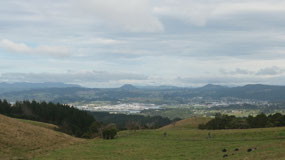
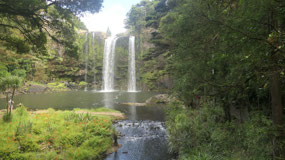
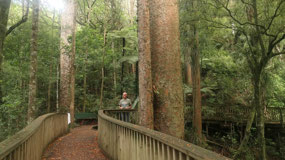
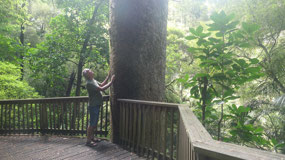

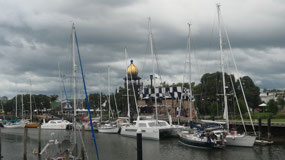
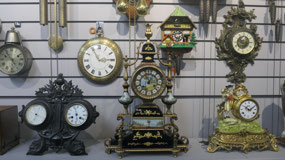
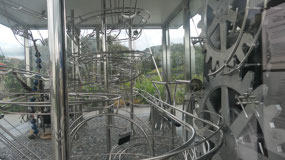
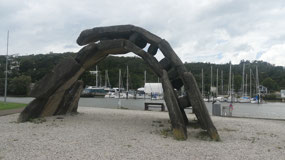
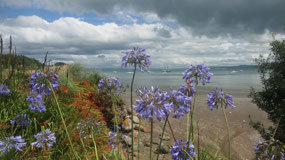
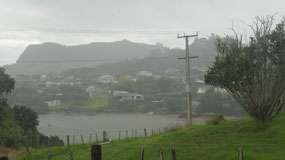


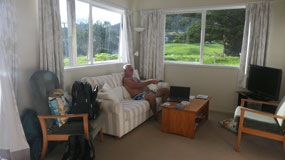
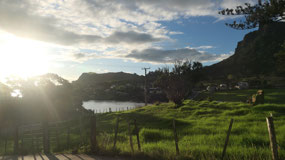
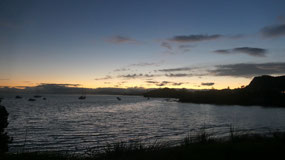
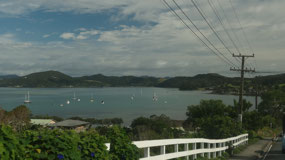
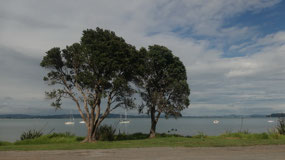
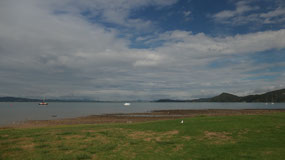
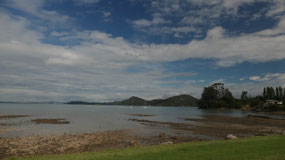
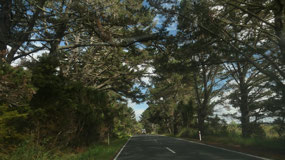
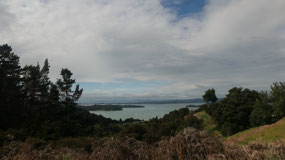
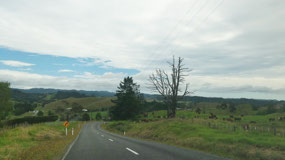
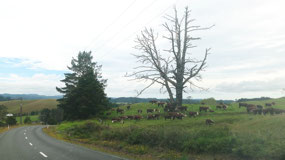
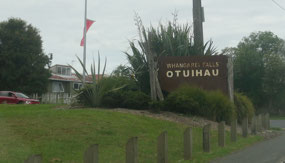
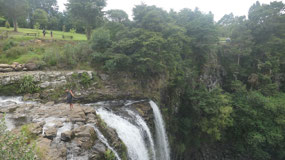
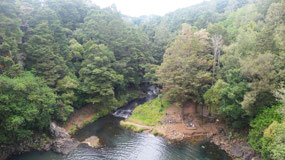

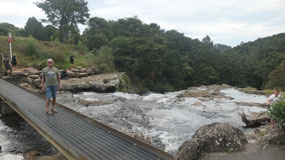

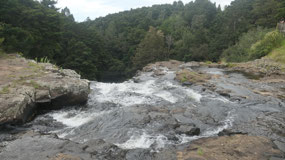
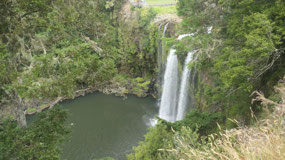

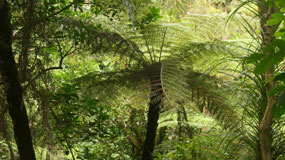
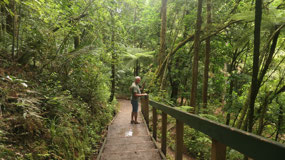
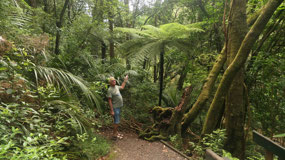
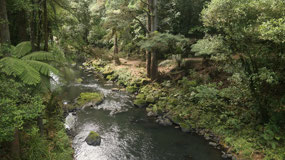

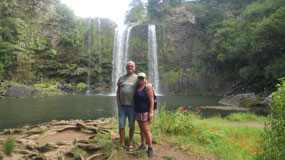
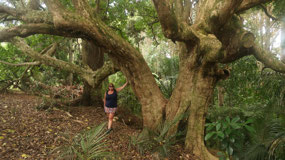
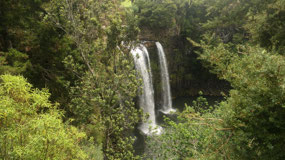
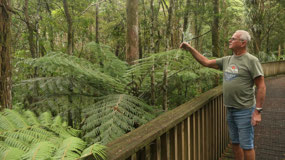
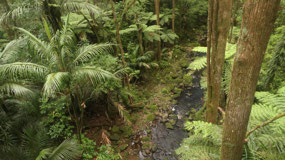
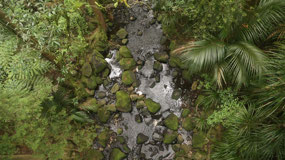
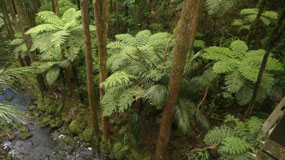
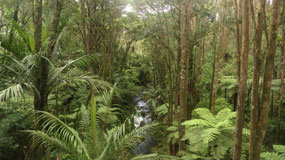
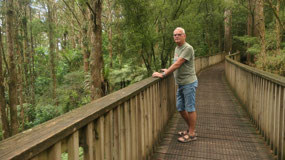

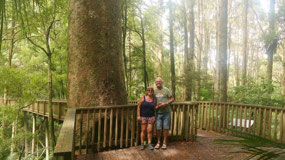

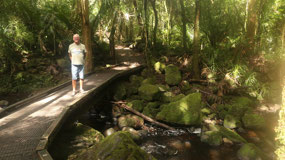
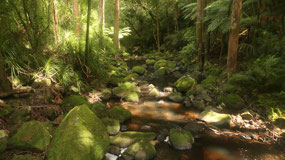
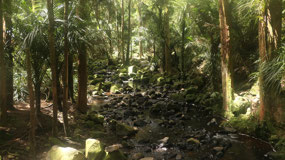
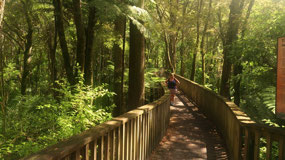
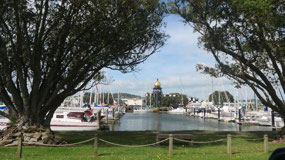

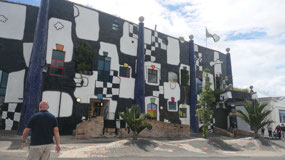
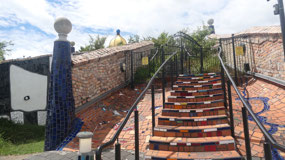
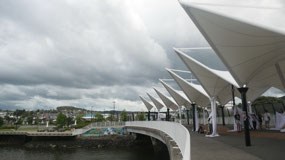
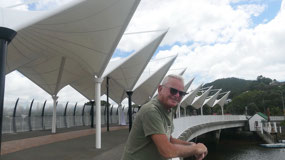
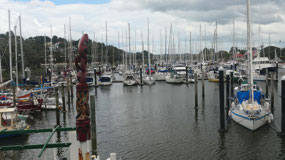
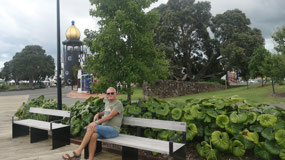
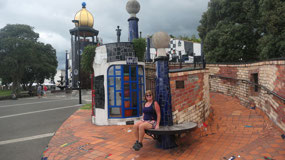
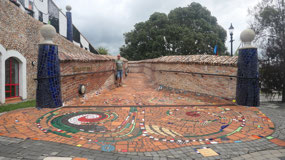
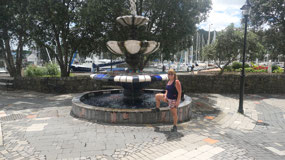
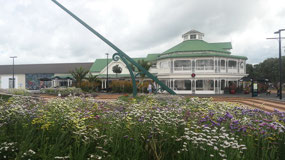
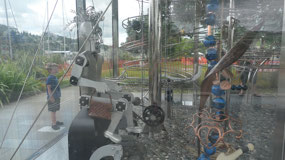
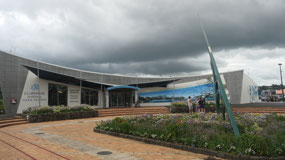
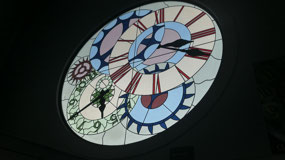
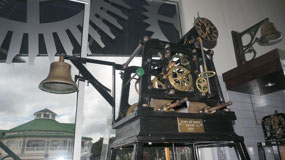
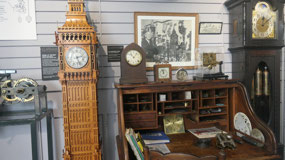
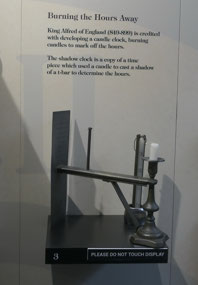

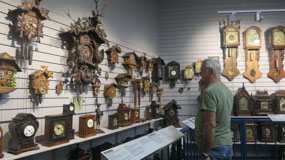
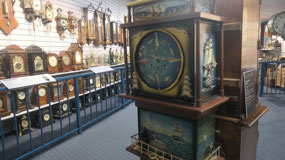

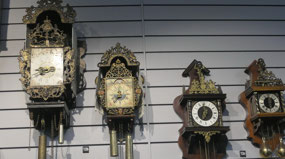
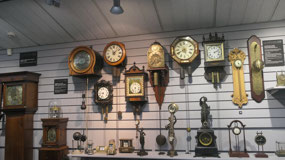
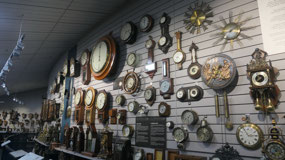
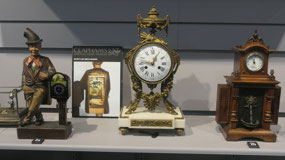
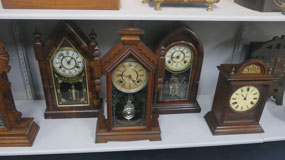
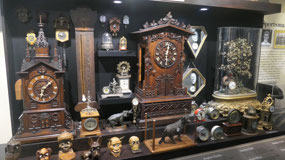
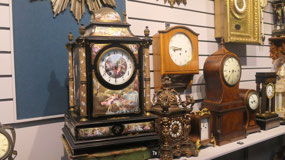
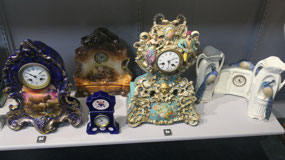
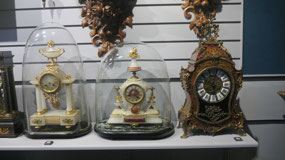
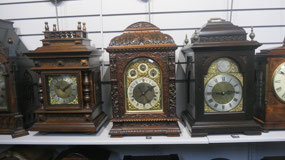
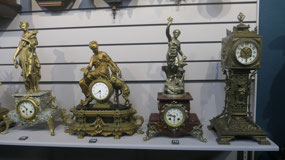
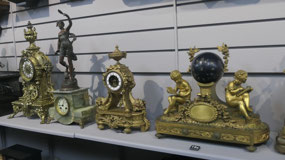
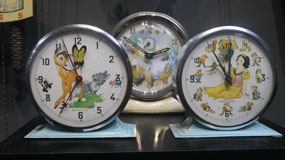
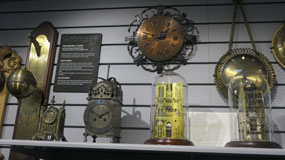
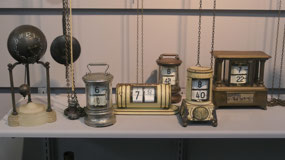
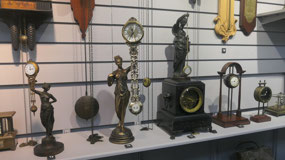
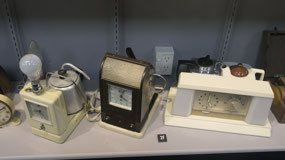
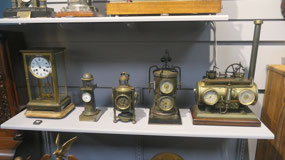
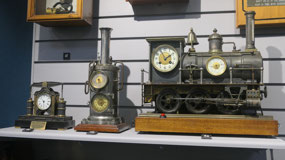
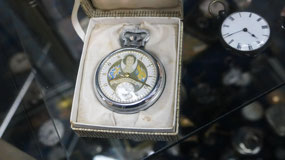

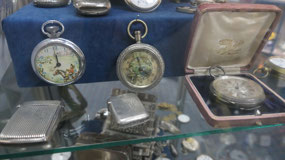
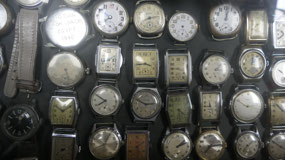

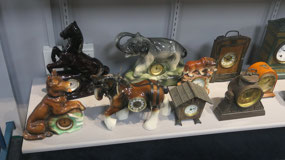
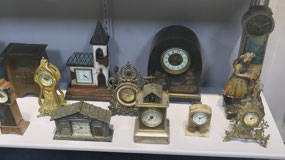
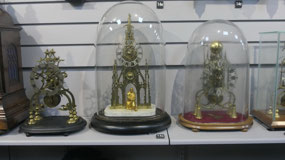
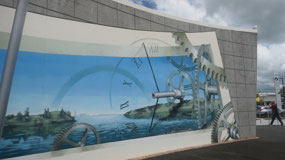
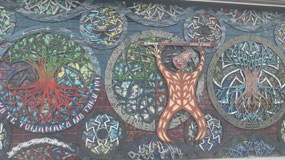
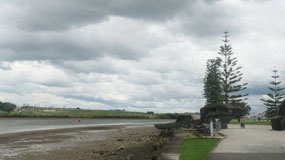
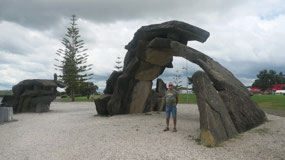

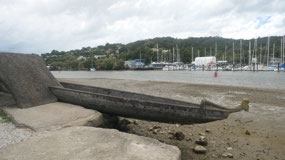
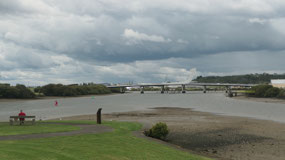
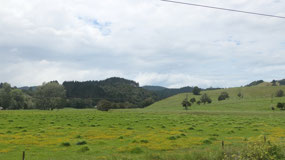
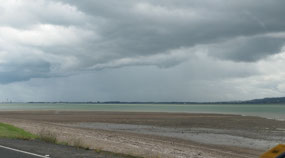
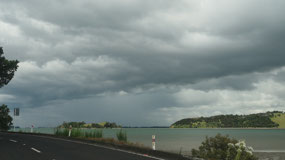
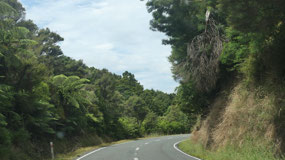
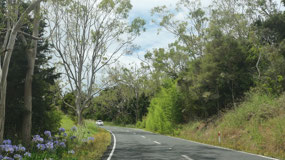
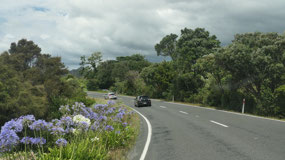
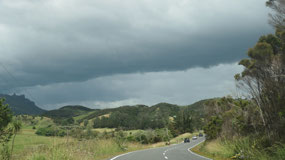
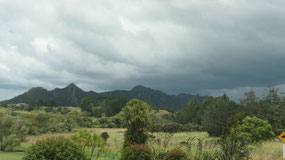
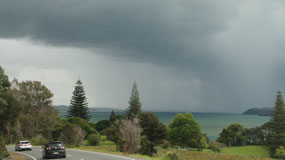
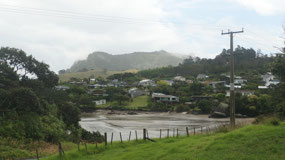
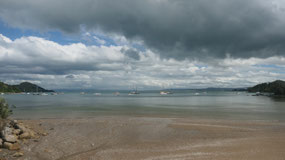
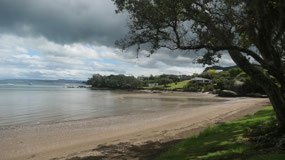
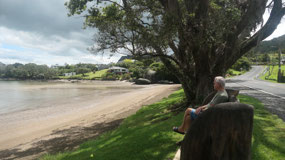

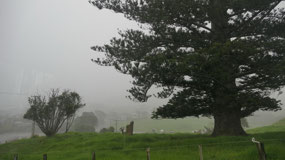
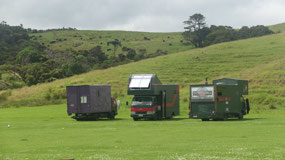
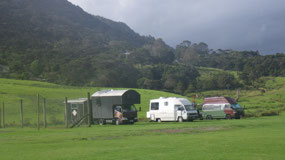
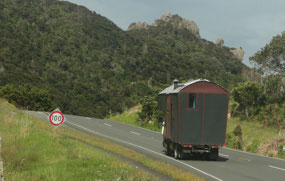
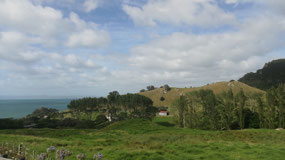
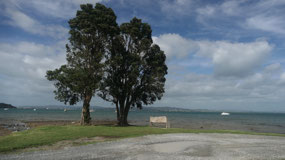

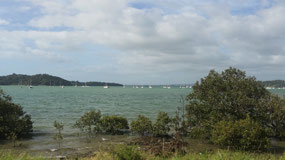
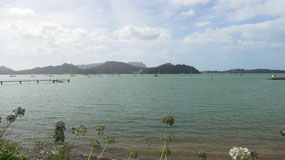

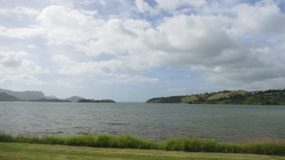
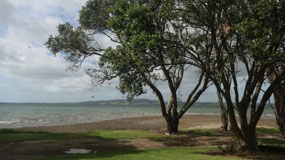
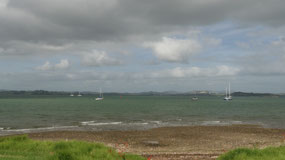

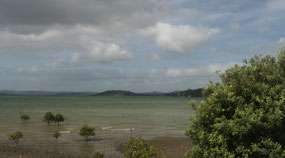
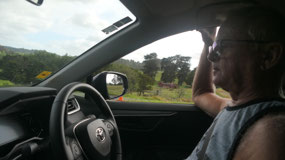
2025-05-23